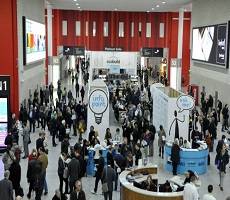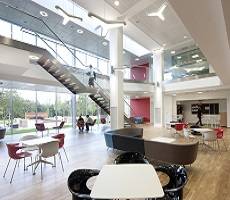November 4, 2013
Leading US organisations pledge to promote healthy buildings and communities
 Adobe, one of the first companies to adopt the US Green Building Council’s Leadership in Energy and Environmental Design (LEED) standard, is to conduct a study of its LEED certified workplaces to determine if they measurably contribute to more collaborative, creative, innovative and healthy employees. The move is part of a new Building Health Initiative launched last week by the California chapter of the USGBC. Google, Arup and Interface are amongst the founding partners, along with approximately 20 other organisations from a range of sectors. The movement aims to elevate green building as a benefit to public health as well as encourage the development of transparency standards in building materials. (more…)
Adobe, one of the first companies to adopt the US Green Building Council’s Leadership in Energy and Environmental Design (LEED) standard, is to conduct a study of its LEED certified workplaces to determine if they measurably contribute to more collaborative, creative, innovative and healthy employees. The move is part of a new Building Health Initiative launched last week by the California chapter of the USGBC. Google, Arup and Interface are amongst the founding partners, along with approximately 20 other organisations from a range of sectors. The movement aims to elevate green building as a benefit to public health as well as encourage the development of transparency standards in building materials. (more…)





















October 30, 2013
IT managers yet to accept the whole challenge presented to them by BYOD
by Brandon Allen • Comment, Technology
(more…)